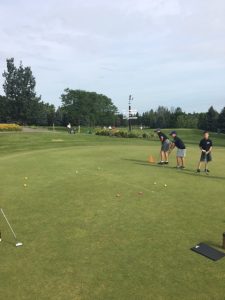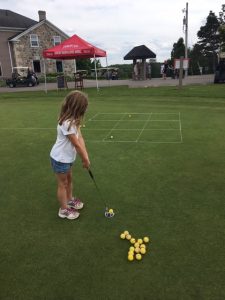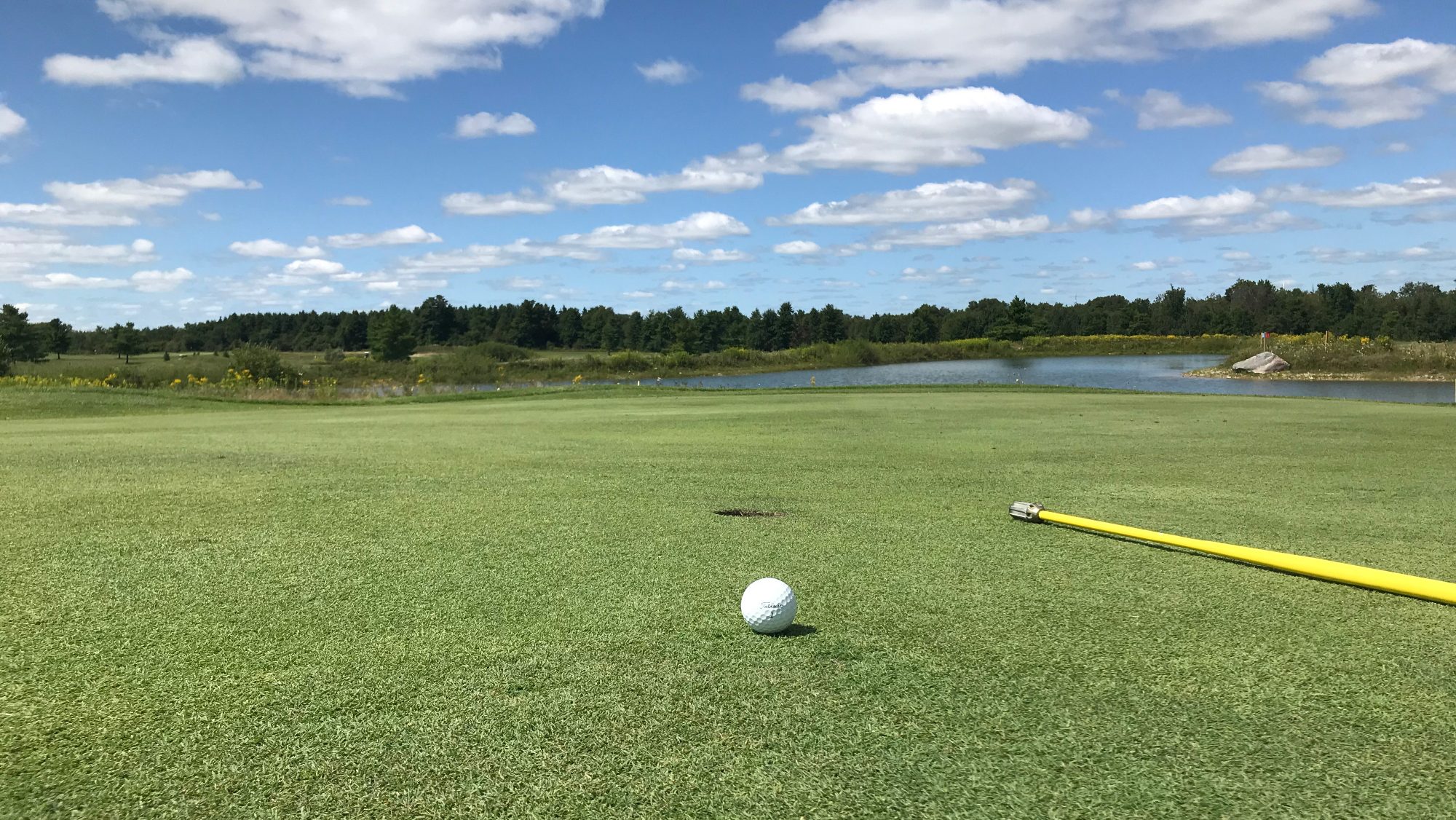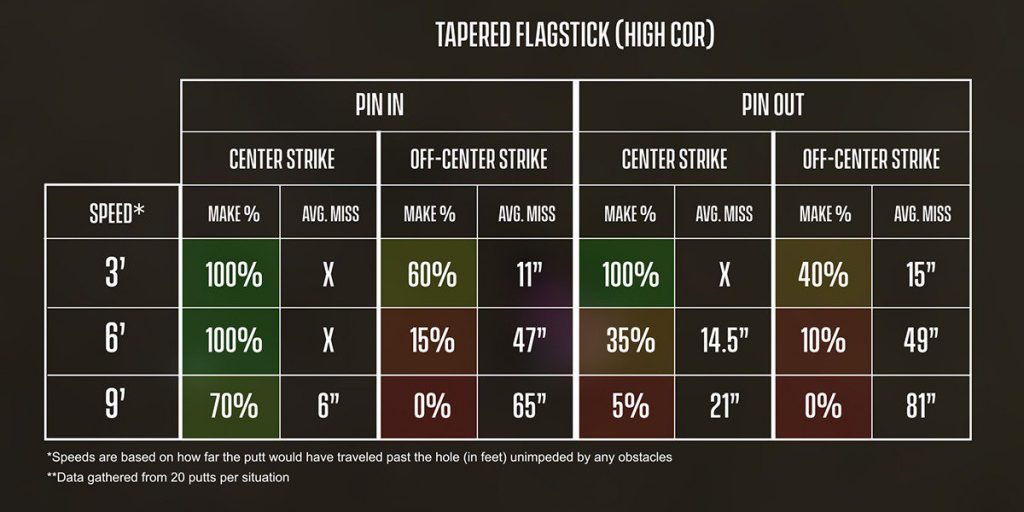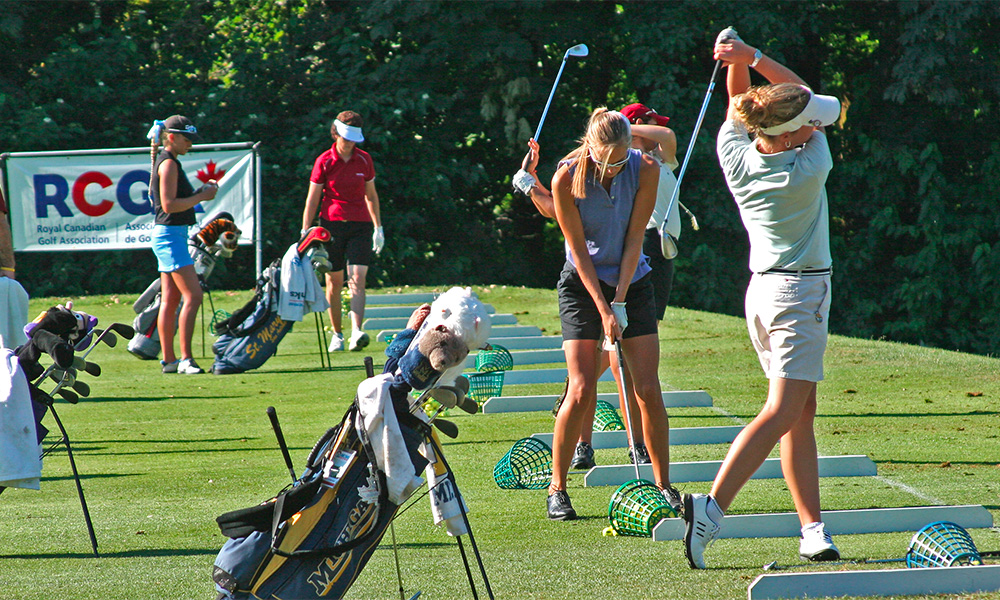Recently I had a conversation on Instagram about why it’s so hard to transition from the range to the course. Many people think golf practice is going to the range and banging balls until you have blisters. The trick I have found is to practice my golf game smarter and not harder.
In the world of golf practice there are two main types of practice. Block and random and each has their place and are both effective.
Block Golf Practice (AKA bashing balls)
When I was going through swing changes last year my coach talked to me about two kinds of practice. When you are trying to get a feeling you have to keep doing the same thing over and over. That is block practice. He gave me a good example, to illustrate the point.
He asked me math question, to which I needed to think about the answer. After I answered, he immediately asked the same math problem again. Thinking it was a trick question I hesitated but gave him the same answer. But it was easier than the first attempt. He asked me one more time, and that response was faster than the previous two.
Admittedly this math problem is way more simplistic than the golf swing, but it illustrates how something can become easier over time after repeated use.
Once you have the right feels, you have to transition them to the golf course.
Random Golf Practice
When you are playing golf, how many times do you typically hit the same club and the same shot back to back? Save for a penalty or a bad shot, the likely answer is once.
Have you ever heard “Practice the way you play”? I grew up hearing my Dad say those words over and over.
So if you want to get your game ready for the course, why wouldn’t you practice with random distances, shots and clubs.
Practice the way you play.
How I Practice
When I have an hour of practice, this is how I like to break it up.
- 5 minutes – Warm up with half swings usually with a 7 or 8 iron
- 15 minutes – Block practice with odd or even irons
- 10 minutes – Block practice with Driver or Fairway wood
- 10 minutes – Block practice with wedges
- 20 minutes – Random practice game (See details below)
Random Practice Games
During random practice, you can certainly just pick yardages and try to hit it. But you want to be able to track your progress. That is why I created a skills challenge game. It not only helps me track progress and find strengths and weaknesses, but it also puts a little pressure on me to perform well. Because this way each shot matters.
Skills Challenge
Many of you might have already seen the FSX Skills challenge on YouTube channels like Peter Finch or Rick Shiels. It’s a great example of random golf practice that I modeled my practice after.
While I do have access to a GC2 launch monitor it’s not tied to the new FSX software. So I have to track my progress on my own. But it’s pretty simple.
The main point is to pick a number of increasing or decreasing shot lengths. For me I go with the following:
20, 40, 60, 100, 120, 150, 165, 180, 200, 215, 230, 240+ (Driver)
Like the FSX Skills challenge, I give myself 5 points for being with 5 yards of the target, 3 points for 10 yards, 1 point for 15 yards, 0 for anything outside of 15 yards.
I have found this process extremely useful in taking my game from the range to the course. Hopefully you find the same.
To help track I have created a downloadable speadsheet to help you track your progress. Check it out below for FREE.





